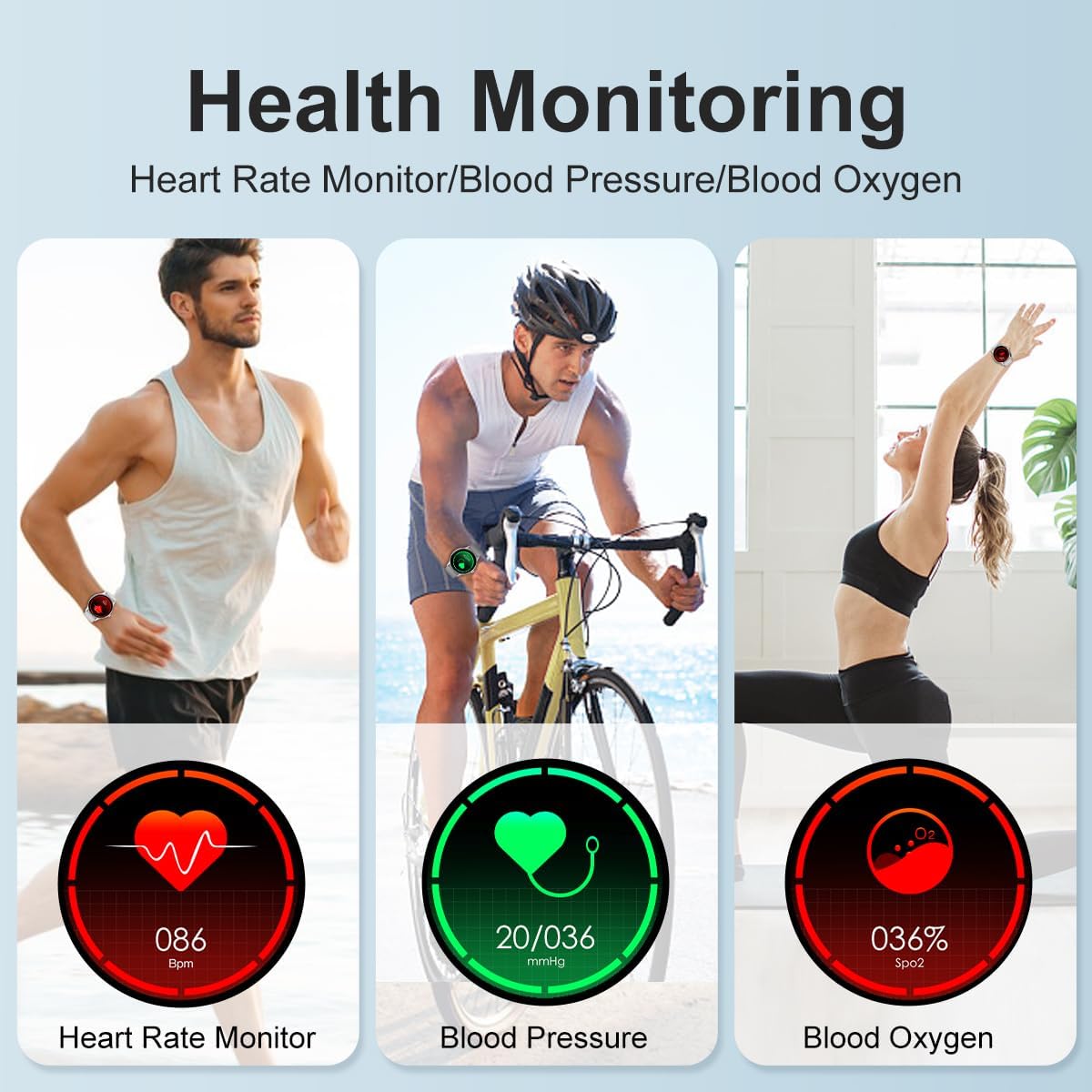Okay, paramedic here, let me break it down:
Heart rate: this is fine, a little low for running, though. The biggest problem here, imo, is the leading zero. It justooks bad.
Blood pressure: this is all fucked up. The higher number is always first, always, just because of how you read blood pressures. See, you place the stethoscope on the brachial artery and inflate the cuff until you stop hearing the bruit (the "thump" noise) of blood coming through the artery and then a little more again. Then, you start deflating and listening for the first bruit. The pressure at which you hear the first bruit is the systolic pressure, the high number, which is your blood pressure while your heart is contracting. Then, you keep going until you hear the last bruit. That last bruit is the diastolic pressure, the low number, and it represents the pressure in your arteries while your heart is relaxed (not squeezing). It's always written systolic/diastolic, or high/low for the layman. Anyhow, a blood pressure of 36/20 is not something that I would generally consider to be compatible with life. The lower bound for people who are not dying tends to be pretty close to 90-80/something (diastolic is A LOT more loosely goosey than systolic, as a rule. There's much more short term tolerance for weird diastolic numbers). Also, the leading zeroes again, ugh.
The pulse oximetry- The number of the right is the pulse oximetry. If you have an oximetry of 30%, your sensor is fucked and you need to adjust it. Oximeters are really only considered accurate until about 80-85%, below that and they're just basically making shit up. Plus, they're famously inaccurate, and there's all kinds of stuff that interferes with them functioning properly, so a wildly low oximetry is almost always a malfunction. At any rate, functioning, not obviously dying people don't typically have oximetries below 90%, though there are certain diseases and edge cases that are exceptions. If this dude did actually have a blood oxygen sat in the 30% range, he'd be in cardiac arrest. And please, please, please nuke the leading zero.
